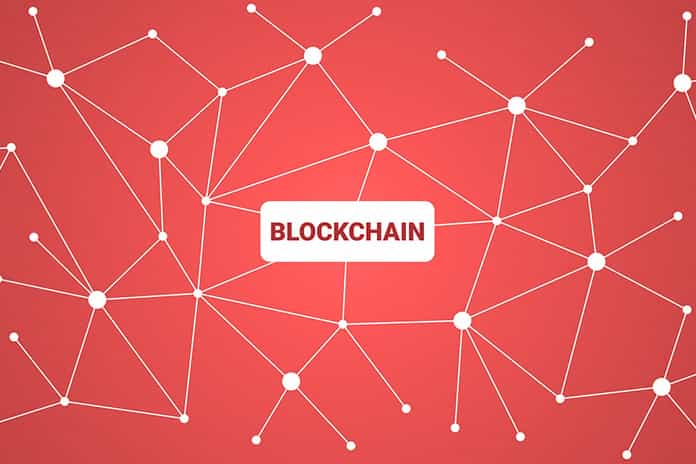Efficiency, innovation and cybersecurity: these are the three priorities on which much of the attention of companies is focused today, and in all of these the application of the blockchain can “make a difference”. We see below a brief explanation of what blockchain is, how it works and what are the main application areas.
Table of Contents
What Is Blockchain?
The definition of blockchain is now well known: it is a distributed database (a sort of transaction register where data is not stored on a single computer, but on several machines connected to each other via the Internet, through a dedicated application that allows you to interface with the “chain”) made up of blocks of data that store transactions; to be consolidated within a block, each data, and subsequently each block before being inserted into the “chain”, is subjected to a validation process.
How Does The Blockchain Work, And What Are The Validation Processes?
Before proceeding, we need to familiarise yourself with two terms: blockchain nodes and miners. The first are the computers on the network that have downloaded the blockchain into their memory; anyone can become a node, through the appropriate program (Bitcoin Core, for example, for Blockchain Bitcoin). The miners are the ones who carry out this transaction, thanks to very powerful computers and through a validation protocol rather complex (explained later), and whose work is rewarded with a prize (the term now shared for this operation is “undermining “, Italianizing the English term to mine that is to extract).
The validation protocol (which defines the validating algorithms and who can be a miner) therefore represents the main vital element of the blockchain because it is precisely on this that the speed of the chain and its security substantially depend (the algorithms that govern this process do not they only validate that each new entry meets certain criteria, but they also prevent data already present in the chain from being tampered with).
It is therefore in this area that the main evolutions are seen and that the different blockchains differ from a technological point of view. However, it is essential to underline that one protocol is not necessarily better than another: the use of one or the other also depends on the type of application for which the blockchain is used.
Where And How To Use Chain Technology In Companies
The implementation of smart contracts within blockchain has changed the evolutionary landscape of this technology from an application point of view, opening its use to different sectors by bringing the blockchain to companies. In the following links, some examples in the most diverse industrial areas in which blockchain apps can be built and this to better understand the full range of opportunities offered; for a complete overview, please refer to the Blockchain4Innovation portal of the Digital360 Group :
Copyright, patent registration, drug safety: for a detailed explanation of blockchain technology see the article Blockchain: how the economy changes with the chain.
Finance: the application of the blockchain beyond the diffusion of cryptocurrencies, to learn more about how to use blockchain technology in this application area, go to the article Finance: simplifying the sale of securities and more.
Supply chain: thanks to the implementation of smart contracts in a blockchain, it may be possible to have real-time visibility of every step taken by-products within a supply chain. In this context, there are numerous projects, as stated in the article Supply chain: tracking products in a safe and transparent way.
Energy: this is one of the sectors, extra Finance, where blockchain technology can find a wide range of uses. In this regard, see the article Energy sharing: selling and buying electricity without intermediaries.
Why Chain Technology Matters To Business
What is the significance of blockchain for companies? Here are the features that make this technology particularly interesting for business.
Digital Currency, contracts, documents: In the blockchain, everything becomes digital, and the transactions inserted in the chain can concern any asset, any right or container of value and information.
Safe: Thanks to the encryption process that characterises it, it is not possible to change or make changes to the blocks already inserted in the chain; the data saved in it are therefore safe, certain and cannot be manipulated.
Reliable: Being organised chronologically (the blocks are added to the chain according to a precise and unchangeable chronological order) it prevents the arising of disputes regarding the execution, for example, of the different phases of a contract.
Its technical characteristics prevent any loss of data or damage: even if one of the nodes in which the chain is saved is damaged, the others will continue to function keeping the chain stable, without any data loss.
Fast: It does not require a central entity to verify its adequacy and validity, this takes place by consensus of the network, and being a completely digital solution eliminates execution times, controls, paper, back-office and operational risks.


